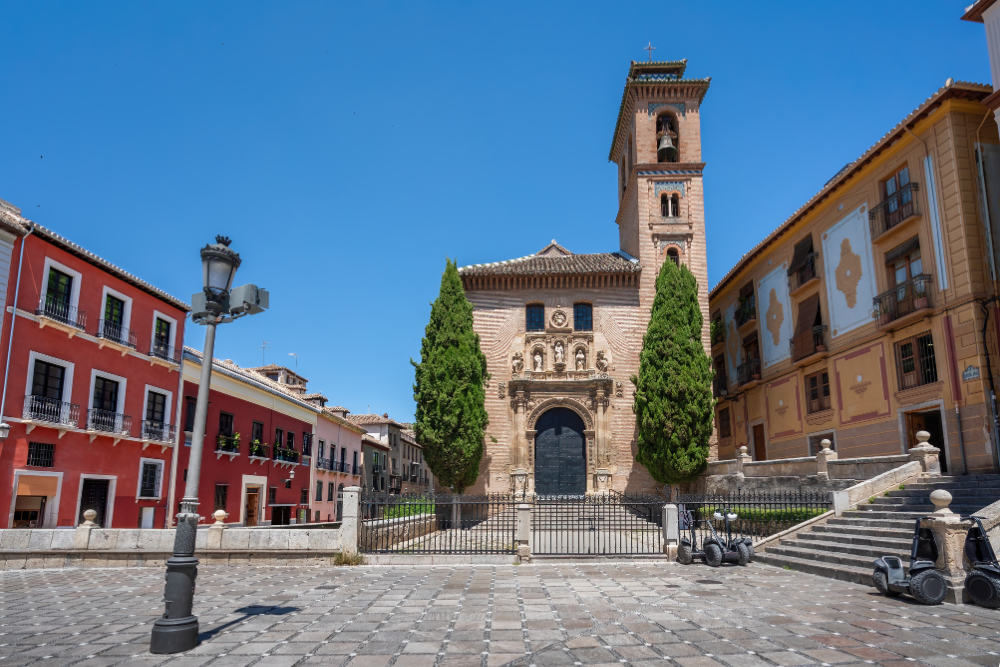Semana Santa, or Holy Week, is one of the most significant and vibrant celebrations in Spain. Held during the week leading up to Easter Sunday, this religious and cultural event transforms cities and towns across the country with solemn processions, intricate floats, and fervent devotion. For locals and visitors alike, experiencing Semana Santa is a profound and unforgettable journey into Spanish traditions.
1. The Origins and Significance of Semana Santa
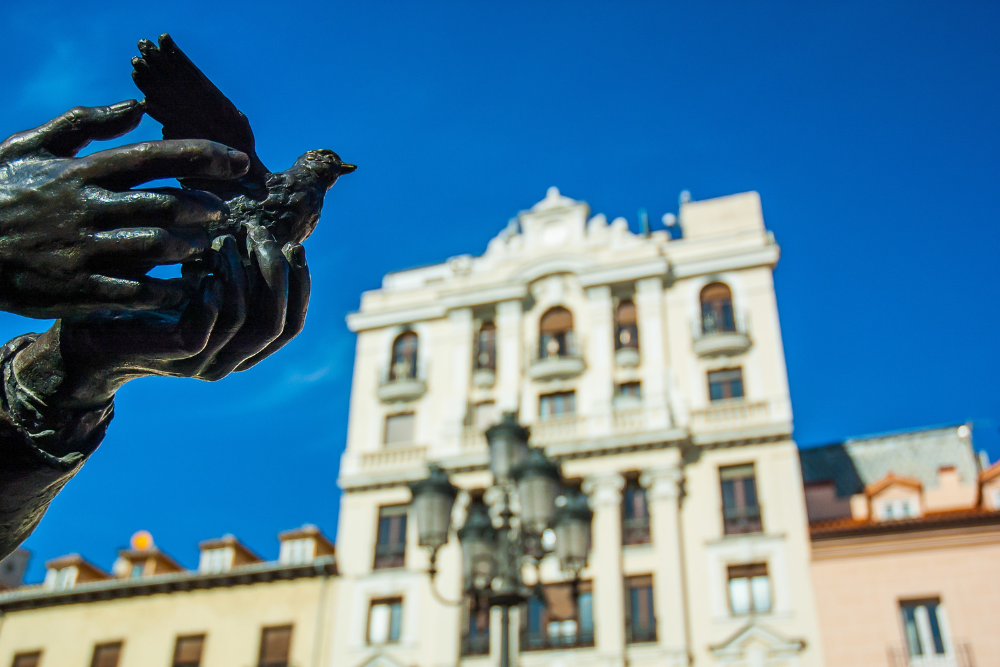
Semana Santa dates back to the 16th century when the Catholic Church sought to depict the Passion of Christ through processions. These events were designed to educate the public about the story of Jesus’s crucifixion and resurrection while fostering a sense of community and faith.
Today, Semana Santa is a blend of deep religious significance and vibrant cultural expression, making it a cornerstone of Spanish identity. Each region adds its own unique touch, reflecting local traditions and artistry.
2. Processions: The Heart of Semana Santa
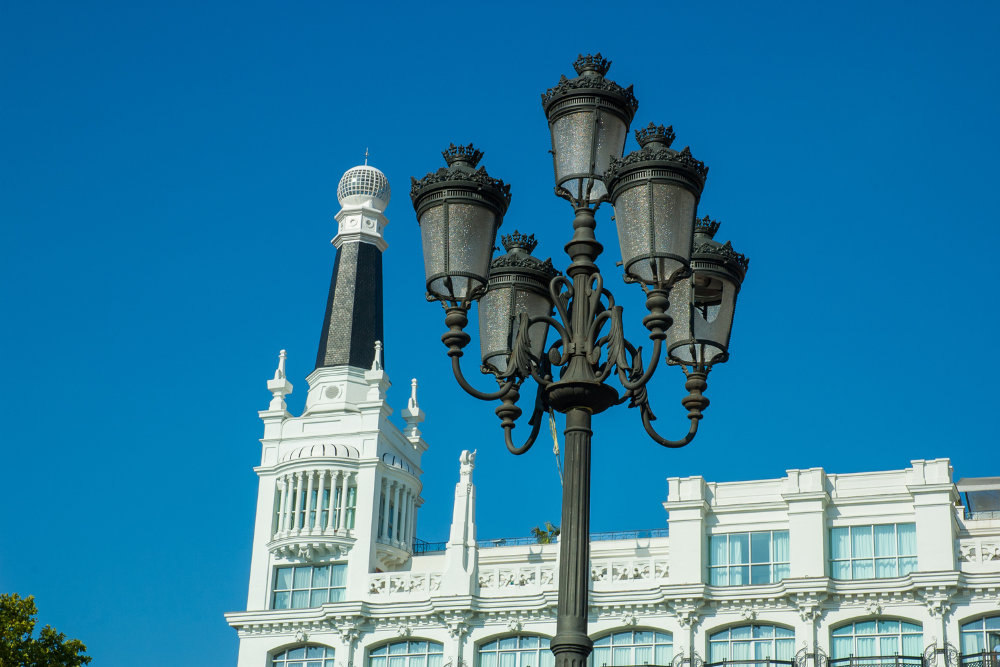
The processions are the centerpiece of Semana Santa, featuring pasos (floats) adorned with sculptures depicting scenes from the Passion of Christ and the Virgin Mary.
- The Brotherhoods: Religious brotherhoods (cofradías) organize and participate in the processions, wearing traditional robes and hoods to signify penance and anonymity.
- Atmosphere: The solemn drumbeats, mournful saetas (spontaneous flamenco laments), and flickering candlelight create a deeply emotional ambiance.
- Must-See Processions:
- In Seville, the La Macarena procession is renowned for its grandeur and devotion.
- In Málaga, look for the Legionnaires carrying the Cristo de la Buena Muerte.
- Valladolid offers a more austere and contemplative experience, with exquisite sculptures by renowned artists.
3. Regional Variations in Semana Santa
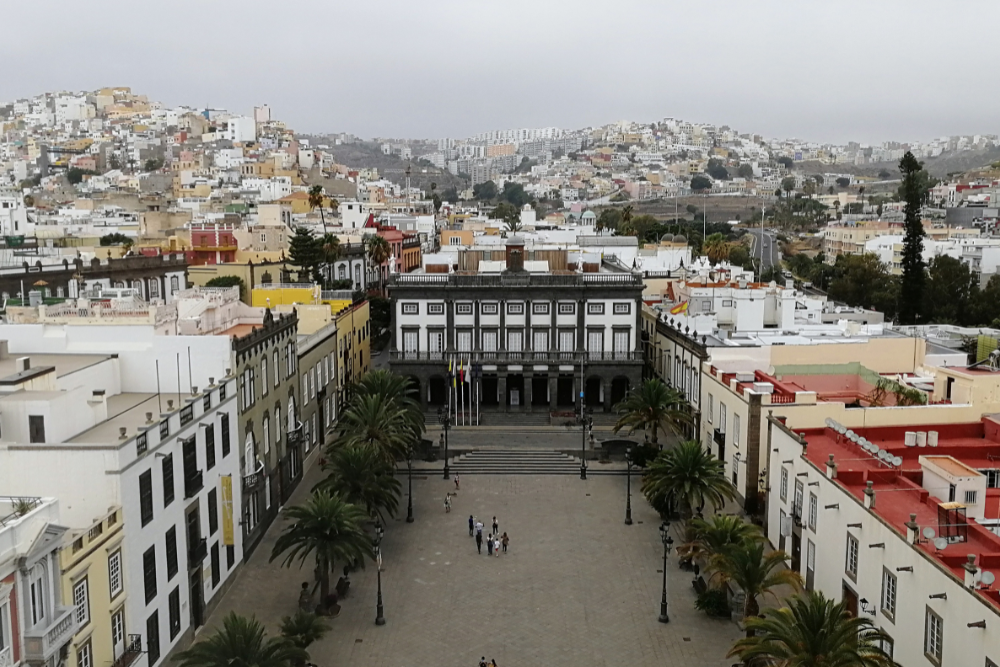
Each region in Spain celebrates Semana Santa in its own unique way, offering diverse experiences for travelers.
- Andalusia: Known for its dramatic and emotional processions, Andalusian cities like Seville, Granada, and Málaga are among the most famous destinations for Semana Santa.
- Castile and León: The processions here are more somber and austere, with an emphasis on silence and reflection.
- Catalonia: Incorporates traditional Catalan elements, such as singing and theatrical performances, into the celebrations.
4. Traditional Foods of Semana Santa

Food plays a significant role during Semana Santa, with many dishes reflecting Spain’s religious heritage.
- Torrijas: Similar to French toast, torrijas are slices of bread soaked in milk or wine, fried, and sprinkled with cinnamon and sugar.
- Bacalao: Salted cod is a staple during Lent, often prepared in stews or battered and fried.
- Pestiños: Sweet fried pastries flavored with honey and anise.
- Chickpea Stews: Hearty vegetarian dishes like potaje de vigilia (chickpea and spinach stew) are popular during the period of abstinence from meat.
5. Tips for Experiencing Semana Santa
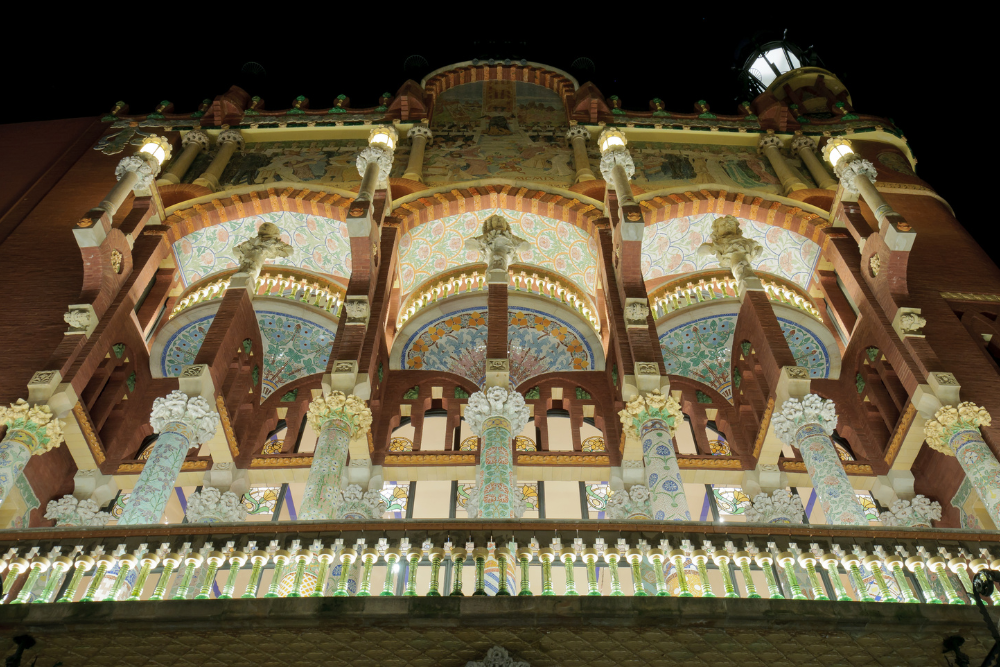
To make the most of your Semana Santa experience, consider these practical tips:
- Plan Ahead: Accommodations fill up quickly in popular cities, so book well in advance.
- Arrive Early: Processions can draw large crowds, so arrive early to secure a good viewing spot.
- Respect the Tradition: While photography is allowed, be mindful of the solemnity of the event and avoid flash photography.
- Join the Locals: Engage with locals to gain a deeper understanding of the rituals and traditions. Many are happy to share the stories behind their brotherhoods and processions.
- Explore Different Cities: If possible, visit multiple cities to experience the regional variations of Semana Santa.
Conclusion
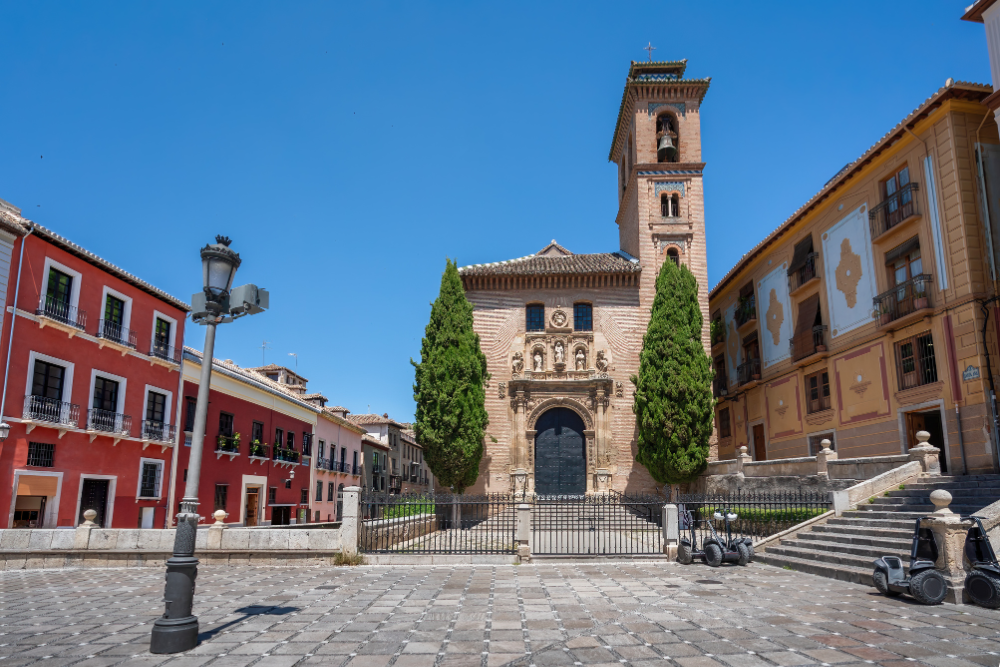
Semana Santa is a remarkable celebration that captures the spirit of Spain’s cultural and religious heritage. Whether you’re moved by the solemn processions, enchanted by the artistry of the pasos, or delighted by the traditional foods, Holy Week offers an unparalleled glimpse into the heart of Spanish life. Immerse yourself in this extraordinary event, and you’ll come away with memories that last a lifetime.



